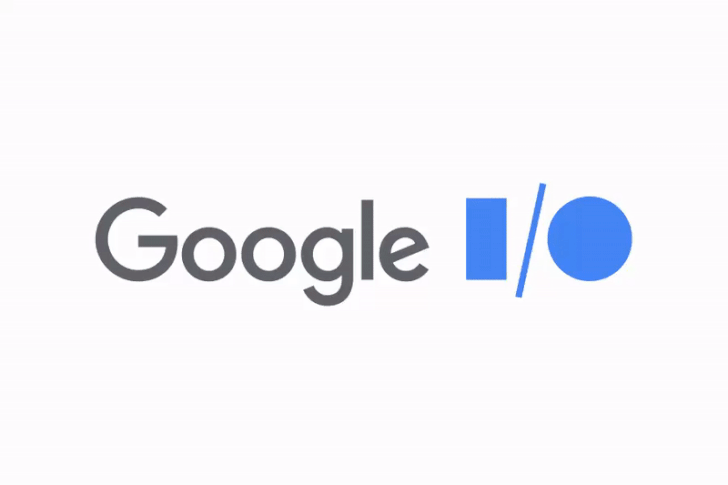
While Project Tango is great, it hasn’t exactly been made available everywhere. The additional sensors are also somewhat cumbersome for manufacturers to add to devices and add to overall device cost. Today Google has launched a new Augmented Reality (AR) solution called ARCore, and it’s available in preview from today for the Google Pixel and Galaxy S8.
The new software development kit (SDK) for ARCore is available today and aims to bring all those cool features we’ve seen in AR demos to everyone. It works with three common developer tools/languages: Java/OpenGL, Unity and Unreal and will focus on three main points:
Motion tracking: Using the phone’s camera to observe feature points in the room and IMU sensor data, ARCore determines both the position and orientation (pose) of the phone as it moves. Virtual objects remain accurately placed.
Environmental understanding: It’s common for AR objects to be placed on a floor or a table. ARCore can detect horizontal surfaces using the same feature points it uses for motion tracking.
Light estimation: ARCore observes the ambient light in the environment and makes it possible for developers to light virtual objects in ways that match their surroundings, making their appearance even more realistic.
Light Estimation is something new in Google’s AR toolkit, Tango does not do this. Tango also uses IR and depth sensing cameras to do all its sensing for Environment data capture and motion tracking – which again adds cost on top of already expensive smartphones.
ARCore will however support Visual Positioning System (VPS), ‘a service which will enable world scale AR experiences well beyond a tabletop’ – essentially GPS for indoors, which Google announced back at Google I/O.
The obvious competition here is Apple’s ARKit which upon release has seemingly been eating Google’s Tango lunch with adoption on a far larger scale. With the launch of ARCore, Google hopes to dial that back, or at least capture some of the developer focus back at least on the web. Google says they’re working on AR for the web, and are developing browsers that will support both ARCore on Android and ARKit on iOS.
How exactly this will unfold with ARCore and Tango both competing for the same audience, isn’t clear. Google is known for running concurrent, competing technology and shuttering whichever doesn’t pan out. After three years of devices, updates and more Tango is looking at some stiff competition here and with a second generation Pixel launch coming how ARCore will be incorporated could be a big deal.
It’s seeing adoption from developers too with Niantic Labs, makers of one of the largest AR success stories – Pokemon Go – as well as other companies such as Wayfair, Epic Games and Unity all on board. John Riccitiello, CEO of Unity Technologies said
Unity’s mission is to support the most compelling creators in the world of AR and VR. We’re excited to be a part of ARCore, and look forward to helping bring AR experiences to mainstream audiences globally.
The tools for checking out ARCore are live on GitHub right now, or you can check out existing ARCore experiments in the ARExperiments Showcase to see what’s been built – and they look extremely cool.
Just hangin' with my buddies 😀. Start building with #ARCore today. We're excited to see what you create! https://t.co/ss2I6j2YAo pic.twitter.com/knA9srMk2V
— Dave Burke (@davey_burke) August 29, 2017



